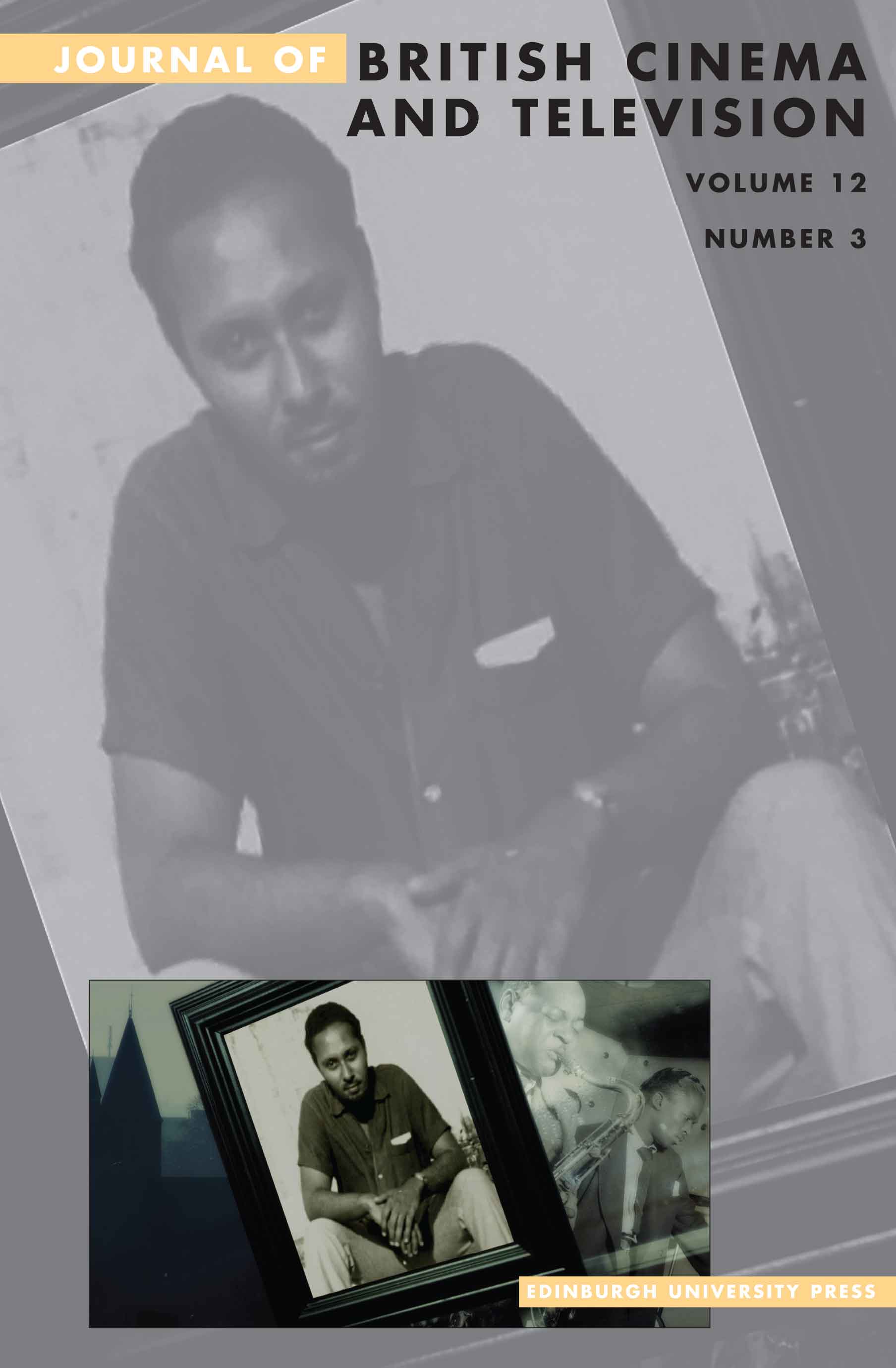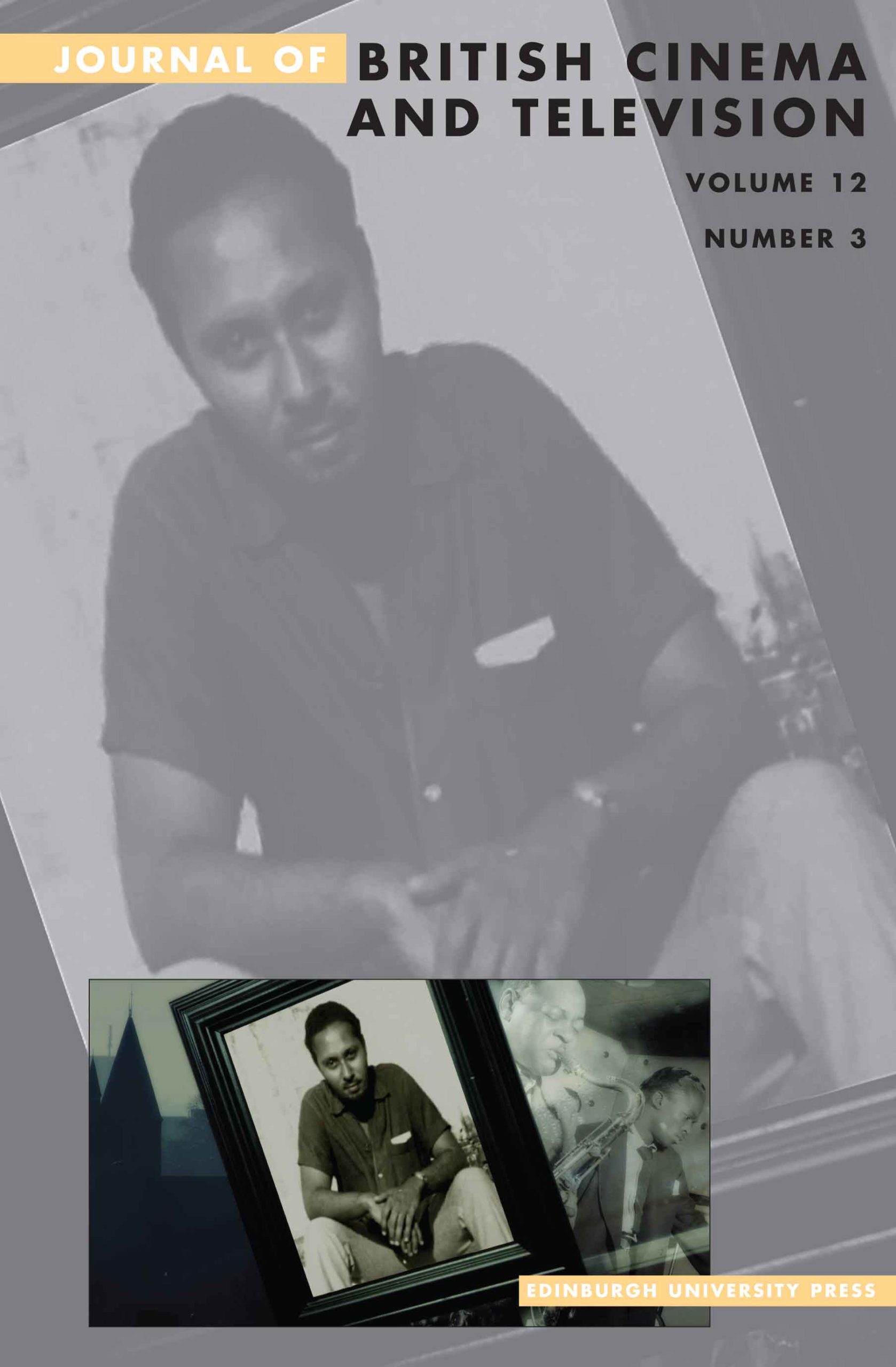
Three years ago, Richard Macdonald and I compared Dai Vaughan (1933-2012) with two other ‘outstanding figures of his generation’, Robin Wood (1931-2009) and V F Perkins (1936-). The comparison is worth extending. Wood and Perkins are now regarded as key figures in the development of film studies, pioneers of auteurism as a core methodology within the new discipline. Perkins’ chapter on ‘Direction and Authorship’ in Film as Film (1972) remains, in my view, the most rigorously reasoned, eloquently expressed argument in favour of a critical approach focused primarily upon outstanding directors. Dai Vaughan’s classic book, Portrait of an Invisible Man: The Working Life of Stewart McAllister, Film Editor (1983), subtly articulates an alternative approach. Portrait explored the vital contribution a talented technician could make to a film, and offered some significant insights into creative collaboration.
Academic auteurism came under sustained attack, primarily from (post)structuralists, in the 1970s. This shift did not, however, create much of an opening for Vaughan’s book. As Joseph McBride recently put it: ‘Some academics, influenced by the ‘death of the author’ school of theory, disparage the art of biography, mistakenly claiming that understanding a film maker’s life is irrelevant to his or her work’.[i] Portrait, which from one perspective is a biography, albeit not of a director, belongs neither to the auteurist camp, nor to the putative ‘death of the author’ school. For these reasons, although highly regarded by its admirers, Dai’s book has never been as central to the academic discipline of film studies as Wood’s, Perkins’, and their (post)structuralist challengers’.
Dai did not necessarily want to contribute to an academic discipline. He paid close attention to Screen journal in its 1970s radical heyday, but wrote for a general, literate reader, and was especially pleased when other industry professionals praised Portrait – his day job was as a documentary film and television editor. I argue, in my essay on Portrait, for its prescient timeliness in relation to today’s resurgence of academic interest in craft and creative labour within the media industries. However, translating Portrait into contemporary academic idioms runs the risk of obscuring some of its distinctive qualities.

In addition to Wood and Perkins, Dai belongs in the company of John Berger, with whom he worked on several television programmes. Both are preoccupied with finding ways of describing and analysing craft and creativity that engages with yet is not subsumed by academic discourse. Not because they eschew theorisation or complex thinking, but because their critical reflections also emerge from their tactile-intellectual, open-ended, personal experiences of making, as film editor and artist respectively. Vaughan’s experimental biography reached toward a new critical language in which to speak, in a unique accent, about his own, as well as McAllister’s, craft and creative labour, without conflating their differences.[ii] Likewise, Berger’s innovative Bento’s Sketchbook (2011) is simultaneously concerned with philosopher Baruch Spinoza’s hypothetical, and Berger’s actual, practice of drawing.
Portrait was the first book by a relatively unknown author. It is still the only biography of a film editor. Revisiting it in 2015 raises a question: is Vaughan’s work now ‘out of time’, because publishing has changed almost beyond recognition since Portrait first appeared?[iii] Would any academic, let alone mainstream press, support such a project now? Does online publishing now afford greater opportunities for disseminating this kind of semi-outsider work, which disregards academic fashion, and can be difficult to categorise, or market? Does the endless, immediately accessible black hole of the internet, into which this blog post will drift, obliterate or provide a natural home for such work?
Martin Stollery is situated outside academia. He co-authored British Film Editors (BFI, 2004) with Roy Perkins. Read Martin’s article: ‘Biography, Craft, Creative Labour: The Timeliness of Dai Vaughan’s Portrait of an Invisible Man: The Working Life of Stewart McAllister, Film Editor’ in Journal of British Cinema and Television, Volume 12, issue 3.
References:
[i] Joseph McBride, quoted in Lesely Coffin, ‘The art and craft of film biography: A critical symposium’, Cineaste, vol. 38, no. 3 (2013), p. 22.
[ii] Martin Stollery, ‘An experimental biography – Dai Vaughan, Portrait of an Invisible Man: The Working Life of Stewart McAllister, Film Editor (1983)’ [2014], https://independent.academia.edu/martinstollery, offers further analysis of the book’s style and structure.
[iii] Manuel Alvarado and Ed Buscombe, ‘Cultural strategies: publishing at the British Film Institute’, Cinema Journal, vol. 47, no.4 (2008), discuss the context within which Portrait was commissioned.





